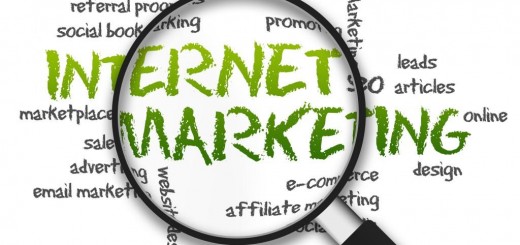Advertising’s Westworld: How the Industry Can Help Brands in Distress
The spotlight has been shining firmly on fraud and safety in the digital advertising industry of late, forcing technology platforms to justify actions and commit to change to achieve a more transparent ecosystem. As Jonathan Gardner, VP of communications, Turn, explains to ExchangeWire, there’s plenty of work to be done. Drawing parallels with the fictional, futuristic theme park, Westworld, Gardner outlines the actions stakeholders must take to reintroduce trust and confidence to the industry.
It can sometimes seem like the Wild West out there in ad land. Much like in the hit TV series Westworld, brands spending good money are in danger of outcomes far removed from what they expected; and there are still no hard-and-fast rules for who is accountable for dealing with the malfunctioning actors.
Sandals Resorts and Marie Curie recently joined Jaguar Land Rover in withdrawing online ad campaigns following the revelation that they had inadvertently advertised alongside inappropriate content. Ads for the Jaguar F-Pace that appeared on YouTube had been viewed more than 115,000 times before being removed.
Last year, the Association of National Advertisers estimated that ad fraud would cost the industry more than USD$7bn (£4.8bn). While that figure might initially have appeared too staggeringly enormous to be accurate, it became clear that all stakeholders must join forces to demand accountability, transparency, and standardisation across the industry to combat fraud and its costs.
Full diagnostics on the hosts
Diagnostic checks are part of daily life in Westworld, where the AI-led theme park employs a small army of engineers to support the ecosystem. In our world, everyone can contribute to a healthier and safer environment by doing his or her part.
The exchanges, for instance, with the most access and control of all, should monitor new publishers signing up, leverage third-party fraud monitoring, and monitor for suspicious activity with internal tools.
Publishers must have rules, regulations and monitoring in place, as well as cutting-edge tools that prevent and monitor fraud levels and bot activity. It recently came to light that some supply-side platforms (SSPs) might resell inventory or misstate which publishers they represent, making the supply chain more opaque and creating another ad tech tax for buyers. To get around this problem, publishers say they must be clear in their contracts how vendors utilise their inventory, and buyers suggest dealing directly with publishers and using blacklists.
Wearing the white hat on the buying side

Jonathan Gardner, VP of Communications, Turn
Equally, guests to Westworld must be thoroughly checked to ensure their intentions aren’t to steal the park’s advanced and highly confidential IP. For us, the demand side platforms (DSPs) should ensure that they are representing quality advertisers who actually serve the ad they’ve declared.
DSPs must ensure that ads from their clients don’t contain malware and that they deliver the ad creative as requested by the publisher. They also have a responsibility to share information, such as abnormal click activity, that links back to a specific publisher with their exchange partners, to add yet another layer of protection.
Advertisers, likewise, are responsible for ensuring that they’re building and managing reputable ad creative. To help combat fraud, they should also monitor post-campaign data, focusing on where they’re serving ads and looking at the price points.
Be the heroes of a new narrative
It’s plain to see that navigating the programmatic landscape requires careful monitoring. If you discover that a particular exchange continues to do business with a bad actor, even though you’ve notified them and shown them evidence, you need to end that relationship. We’ve paused or even terminated exchanges that were unable to provide the level of quality our customers deserve.
The media has been rife with discussion of fake news in recent months. With the help of independent verification technologies, such as DoubleVerify, brands are assured that blacklist strategies take fake news into account through advanced fraud solutions. After all, as bad actors get more sophisticated in their attempts to commit fraud, technology must absolutely follow suit.
Leading by example
Education plays a critical role. Training, monitoring, and reporting give marketers a clear view of ad safety and context. New concerns in media emerge all the time; and it is imperative that every advertiser works with ad tech partners who are committed to quality and transparency in the supply chain.
Reputable technology partners work hard to ensure placements are aligned with buyer expectations and brand safety requirements. Serving as a trusted advisor to clients, we endeavour to help marketers utilise the tools and data available within the platform to execute buying with confidence.
The post Advertising’s Westworld: How the Industry Can Help Brands in Distress appeared first on ExchangeWire.com.



